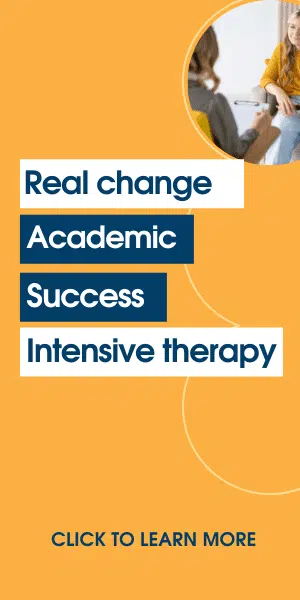Conditions of the Youths in an At-Risk Youth School
In some cases people argue that at-risk youths are better off continuing their education in a regular school environment. This as opposed to sending all at-risk teens away to a special school or camp. But why is it better? Surely the at-risk teen needs special attention. Surely their bad behavior upsets the running of the school.
Experts offer some startling information about our schools today and the status of a significant minority of our students. It’s a fact that many students drop out of school. While some go on and find employment and become useful members of society, many of these dropouts fail. They don’t find employment and they engage in anti-social behavior. Worse still many turn to crime or become addicted to drugs or alcohol and as such waste their lives and are an economic burden on society. So what’s to be done?
It can be argued that we know what strategies, curriculum content and school experiences work well in schools. So can these successful activities help at-risk youth when they are still at school? Is there a way or ways to reduce the number of kids who drop out of school?
One line of thinking states that at-risk teens are in fact disadvantaged students and that helping them needs significant and specific action. For schools to bring in general change means that the number of at-risk youth will continue to rise and those already at-risk will fail and quite possibly become a real burden on society as a whole. Schools need to get seriously serious about at-risk students in their school.
One issue is to decide if schools should have separate but overlapping educational experiences; one for at-risk students and one for those who are coping well. But perhaps the first step is to make sure the school as a whole is working well and meeting the needs of its students. Of course some will question the ‘needs’; aspect of the equation. Do students need to learn the basics, learn life skills or gain qualifications? Or all three factors?
Then schools need to consider their climate. Is there a conscious understanding that the institution is a place of learning and that the principal and staff are fully committed to planning the education of all students and working to the successful realization of that plan?
And once the climate is firmly established and the goals set, how do the at-risk students cope with this type of school? Are they strongly supported? Are their needs being met? Are they being protected from falling between the cracks?
One of the biggest issues today is that it is possible to pinpoint students, even when in elementary school, who are more likely to become at-risk. There are facts which help in this pinpointing of potential drop-outs. The facts include the demographics of the child. Are they living in high-density situations within a broken family? Are their parents poor? Do their parents have a poor educational background? Is the child low on self-esteem? Is the child bored out of school hours?
There is much educationalists and others can do to help at-risk and potentially at-risk students. The problem of school drop outs will not go away and much can and must be done to help these young people.
Here are additional resources you might be interested in:











